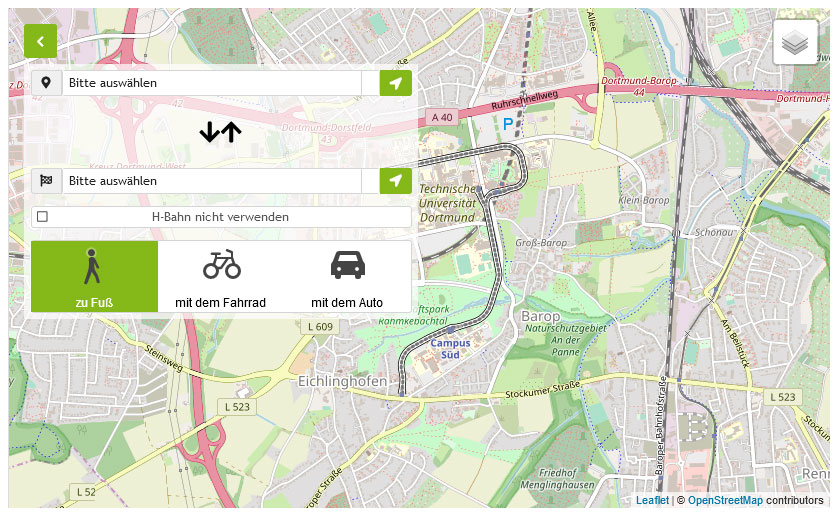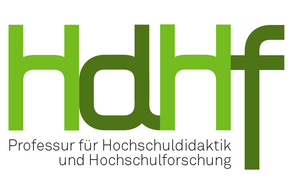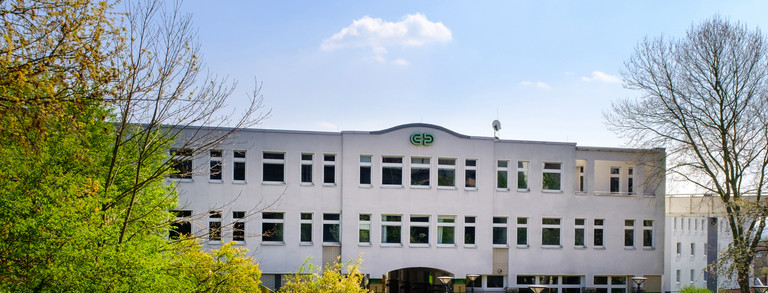Dr. Terhi Nokkala
(University of Jyväskylä, Finnish Institute for Educational Research)
Gender, Academic Career and International Mobility – Narratives of Navigating the Family and Internationality in an Academic Career in Finland
Academic careers are increasingly polarized: alongside tenured positions, the share and number of fix-term contracts have increased; making academic jobs increasingly precarious. Being female, or of younger age cohort, having minority ethnicity or non-heteronormative identity; are also factors that can work to disadvantage academics, cause discrimination, and compromise career advancement. These various aspects of disadvantage play out to greater or lesser degrees in different societal contexts. Although in the aggregate women feature in equal or even higher numbers in the undergraduate and graduate education; or in the early stages of an academic career; women still face many obstacles in advancing on their career path. Women's family responsibilities and care-giver role is often cited as reasons for the so called leaky pipeline and the glass ceiling – the metaphors that highlight the steady exit of women from academic careers and their difficulties in reaching the highest positions.
In this presentation, I will discuss how early to mid-career male and female academics construct and negotiate the balancing of family responsibilities, career aspirations and international mobility. The data is drawn from the qualitative analysis of 11 semi-structured interviews with early to mid-career academics in social and life sciences in Finland. I will focus specifically in four elements related to navigating the family and internationality in an academic career in Finland: family, career, balance and internationality. I will discuss how the national gender regimes, social support structures as well as academic meriting systems play out in the narratives of gender and academic career.
Terhi Nokkala is a Senior Researcher at the Finnish Institute for Educational Research (FIER), University of Jyväskylä. Her research focuses on the interplay between higher education policy, technological developments, organisational parameters and networks, and individual experiences in various aspects of higher education, with specific interest in academic careers, internationalisation, research collaboration and university autonomy. Her research interests in academic careers range from the networking perception of early career women in higher education to academics who decide to leave universities to pursue careers outside of academia.
Wednesday, 19 April 2017, 4.00–5.30 p.m. | Vogelpothsweg 78 (CDI building), room 114
Center for Higher Education (zhb)
Professorship of Higher Education





